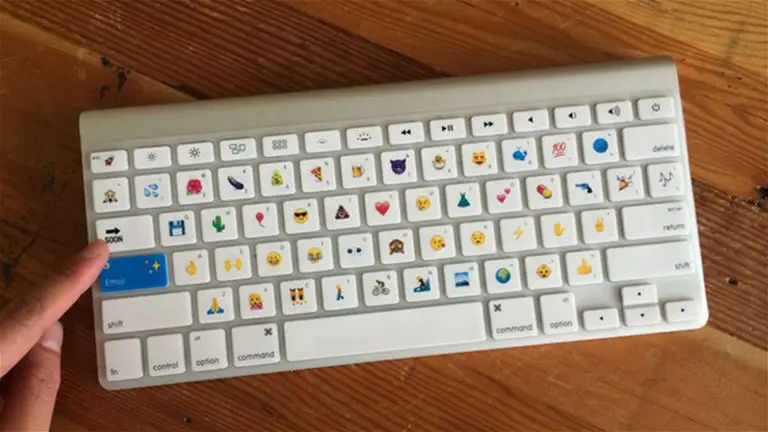
Almost every article related to emoticons probably mentions the word “Unicode”, a term that is defined in Wikipedia as “a character encoding standard designed to facilitate the computer processing, transmission, and display of texts from numerous languages and technical disciplines, as well as classical texts from dead languages”.
As “Unicode” is something quite unknown to ordinary mortals, below, we are going to explain the origin and history of this coding standard that is regulated by a committee that is dedicated to approving emojis.
Origin and history of the Unicode standard
The Unicode standard was created in 1987 by Joe Becker, an employee of Xerox (a well-known brand of printers and consumables) and Lee Collins and Mark Davis, two Apple workers with the aim of unifying under the same model the letters of all the languages of the world, otherwise there would come a time when computers would not be able to display the characters of other languages.
Therefore, the main mission of the Unicode standard was to assign a unique and universal code to each and every one of the characters of the languages existing at the time.
A few years later, in 1991, after several meetings of the founders of the Unicode standard, a process was launched that aimed to make this new standard known throughout the world and as part of this strategy “The Unicode Standard – Worldwide Character Encoding” was published, the first book in history that collected the codes assigned to the different characters in all the languages of the world.
In the following years, some of the world’s largest technology corporations such as Microsoft, IBM, Apple, Sun, Adobe and HP began to adopt this new standard instead of ASCII, which until then was the official standard in the United States. In fact, in 1992 PC Magazine published an article titled Kiss Your ASCII Goodbye in which it was stated that “[Unicode] could finally break the language barrier on PCs” as it finally has.

What does the Unicode standard do?
Basically, what the Unicode standard does is allow us to read the characters of languages from foreign regions, since, every time you press a letter on your mobile keyboard or send an emoticon to a friend, what you are seeing are characters that your device is able to interpret thanks to the Unicode standard.
If you’re seeing this emoticon😂, it’s not because it’s coming to you as it is, in the form of an image, but because it’s your PC that interprets that the U+x1F602 code that Unicode has assigned to this emoji corresponds to the icon of the crying face with laughter. What’s more, if you take a screenshot of this emoji and share it with users in other regions of the world, they will confirm that they are seeing a totally different icon than yours.
What is the mission of the Unicode consortium in relation to emojis?
The Unicode standard is controlled by a consortium of the same name that is in charge of approving the new emojis that arrive on our mobile devices. But make no mistake, this committee doesn’t decide the design of the emoticons, but simply provides companies like Samsung or Apple with the numerical code and black-and-white representation of the emojis that pass approval.
This means that it is the companies that create the designs they want to apply in their emojis and this is the reason why a smiley face emoticon does not look the same on a Samsung mobile as it does on an iPhone.
Now that you know what the Unicode standard is and how its committee regulates emoticons, we recommend that you take a look at our guide with the meaning of all WhatsApp emojis so that you know which is the right emoticon for each situation.



Comments